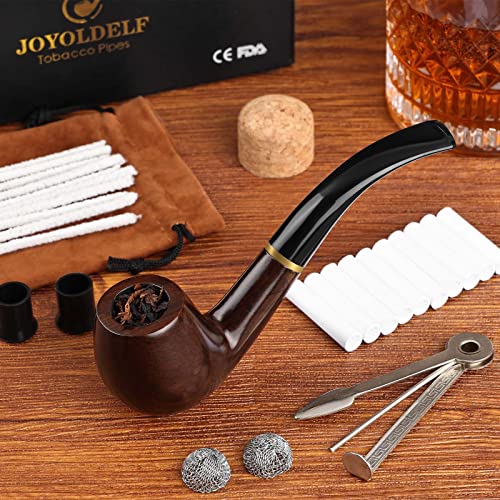Insulating Pipes: A Must During Cold Weather
When winter hits and temperatures drop, it’s important to take precautions to protect your pipes from freezing and potentially bursting. Frozen pipes can cause significant damage to your property and lead to costly repairs. Thankfully, there are several steps you can take to insulate your pipes and prevent them from freezing.
Locate and Insulate Exposed Pipes
The first step in protecting your pipes during cold weather is to locate any exposed pipes in your home or building. These can often be found in unheated areas such as basements, crawl spaces, attics, and garages. Once you’ve identified these pipes, it’s important to insulate them to keep them warm.
There are various types of insulation available that can be fitted around your pipes. Pipe insulation sleeves or foam insulation are common options. These materials provide a protective layer of insulation that helps to prevent heat loss and keep the pipes from freezing. Be sure to choose insulation that is suitable for your specific pipes and follow the manufacturer’s instructions for installation.
Seal Any Gaps or Cracks
Gaps and cracks in your home’s walls, foundation, or windows can allow cold air to seep in and affect the temperature of your pipes. To prevent this, it’s important to seal any gaps or cracks using caulk or weatherstripping. Check for gaps around windows and doors, as well as any openings around utility penetrations such as pipes or wires.
By sealing these gaps, you can help to keep the cold air out and maintain a warmer temperature in the areas where your pipes are located. This extra layer of protection can go a long way in preventing freezing and potential pipe damage.
Keep the Heat On
One of the simplest yet most effective ways to prevent pipes from freezing is to keep your home or building heated, even if you’re going away for a short period of time. It’s important to maintain a consistent temperature throughout the winter, as drastic drops in temperature can increase the risk of frozen pipes.
Set your thermostat to a temperature that will keep the air warm enough to prevent freezing. If you’re going on vacation or leaving for an extended period, consider keeping the heat on a lower setting rather than turning it off completely. This will help to ensure that your pipes stay above freezing temperature.
Let Faucets Drip
If you’re concerned about freezing pipes, another preventive measure you can take is to let your faucets drip, especially during extremely cold weather. Allowing a small amount of water to continuously flow through your pipes can help to relieve pressure and prevent them from freezing.
Choose a faucet located furthest from the main water supply line, such as an outdoor faucet or one in a basement or crawl space. Turn it on just enough so that it drips steadily. This can be an effective technique to keep water flowing and prevent freezing, even if it may increase your water bill slightly.
Disconnect and Drain Outdoor Hoses
Another important step to protect your pipes during cold weather is to disconnect and drain outdoor hoses. When water is left inside a hose that is connected to an outdoor faucet, it can freeze and expand, potentially causing damage to the faucet and pipes.
Make sure to disconnect any hoses and drain the water from them before freezing temperatures arrive. Store the hoses in a dry location to prevent any water left inside from freezing. You may also consider insulating outdoor faucets with a faucet cover for added protection.
By taking these steps to protect your pipes during cold weather, you can help to prevent freezing and potential damage. Remember to insulate exposed pipes, seal any gaps or cracks, keep the heat on, let faucets drip, and disconnect and drain outdoor hoses. These simple precautions can save you from the headaches and expenses of dealing with frozen or burst pipes.






